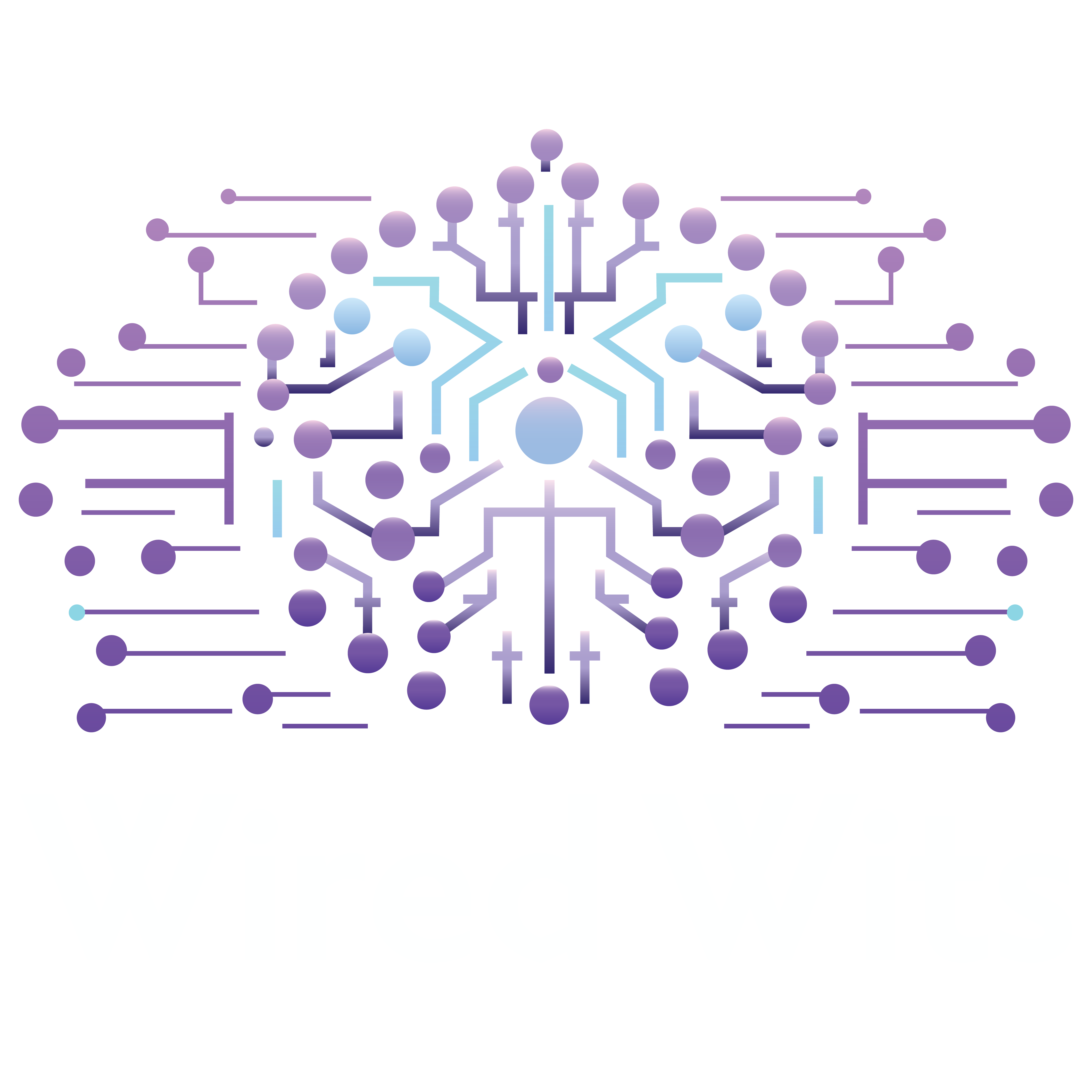In the ever-evolving landscape of business, staying ahead of the curve is not just an advantage; it’s a necessity. Predictive analytics, driven by AI, leads the way in strategic foresight, guiding businesses through market trends and consumer behaviors. This exploration covers its uses, advantages, challenges, and promising future.
The Essence of Predictive Analytics
At its core, predictive analytics embodies the fusion of historical data, sophisticated algorithms, and the transformative power of machine learning. Consequently. this potent combination allows businesses to transcend traditional decision-making, enabling a predictive glimpse into future events, trends, and behaviors. By decoding the intricate patterns hidden within vast datasets, analytics empowers organizations to anticipate potential risks and opportunities. Thereby shaping informed and forward looking strategies.
The journey of predictive analytics begins with the acquisition of high-quality, relevant data. This foundational step is crucial, as the accuracy of predictions hinges on the integrity of the data fed into the analytical models. The process then advances to the application of advanced analytics tools and machine learning techniques, where data scientists and analysts play a pivotal role in crafting, validating, and interpreting the predictive models.
Transforming Industries Through Predictive Analysis
Predictive analytics is not confined to a single industry; its versatility allows it to permeate various sectors, revolutionizing operations and competitive landscapes. Here are some areas where predictive analytics is making significant inroads:
- Financial Forecasting: Firstly, in finance, predictive analytics offers insights into market trends, risk management, and investment strategies. Therefore, guiding financial institutions in their quest for stability and growth.
- Marketing Optimization: Marketers leverage analytics to fine-tune their strategies. As a result, ensuring that campaigns reach the right audience with the right message, thereby maximizing engagement and ROI.
- Supply Chain Management: By forecasting demand and optimizing logistics, analytics enhances the efficiency of supply chains, reducing costs and meeting consumer needs more effectively.
- Healthcare: In healthcare, analytics plays a critical role in patient care, using data to forecast health outcomes, personalize treatment plans, and improve overall service delivery.
- Predictive Maintenance: In the manufacturing sector, predictive maintenance utilizes data and AI to anticipate equipment failures, reducing downtime and extending the lifespan of machinery.
The Advantages of Forward-Looking Analytics
Adopting predictive analytics brings a plethora of benefits to the table, including:
- Enhanced Decision-Making: By relying on data-driven insights, businesses can make informed decisions that align with their strategic objectives.
- Superior Customer Experiences: Secondly, understanding customer preferences and behaviors allows companies to deliver personalized services, fostering loyalty and satisfaction.
- Cost Efficiency: Also, analytics helps in optimizing resources and reducing unnecessary expenditures, contributing to a healthier bottom line.
- Operational Efficiency: Lastly, automating routine tasks and identifying inefficiencies, predictive analytics paves the way for more streamlined operations.
Navigating the Challenges
Despite its numerous advantages, predictive analytics comes with its set of challenges, such as ensuring data quality, addressing privacy concerns, and maintaining the interpretability of models. Businesses must navigate these challenges carefully, balancing innovation with ethical considerations.

The Road Ahead: Trends Shaping the Future of Predictive Analytics
The future of predictive analytics is marked by exciting developments:
- AI-Powered Automation: Automation, enhanced by AI, is set to redefine operational efficiencies and decision-making processes.
- Explainable AI (XAI): The push for transparency in AI models will foster trust and accountability in predictive analytics.
- Edge Computing: Lastly, by processing data closer to its source, edge computing promises to enhance the speed and efficiency of data analysis.
Conclusion: Charting a Course with Predictive Analysis
In conclusion, predictive analytics offers a powerful tool for businesses to forecast trends, make informed decisions, and stay competitive in a rapidly changing world. As we embrace advancements like AI automation, explainable AI, and edge computing, the potential of analytics continues to expand, promising a future where data-driven insights guide every strategic move. Finally, give us your thoughts at r/WiredWits and ask us a question at the Watercooler.

